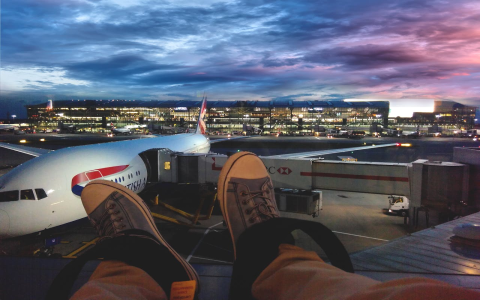Traveling with electronic cigarettes requires strict adherence to aviation regulations to avoid delays or confiscation. Here’s the crucial information:
Lithium Batteries
Batteries must be carried in your carry-on luggage. Packing lithium-ion batteries (including spares) in checked baggage is strictly prohibited due to fire risk. Keep batteries in original retail packaging or dedicated battery cases to prevent short circuits.
E-liquids
E-liquid containers must comply with the liquids rule:
- Each container must hold ≤100 ml (3.4 ounces).
- All containers must fit inside one clear, resealable plastic bag (approx. 1 quart/litre capacity).
- Present this bag separately at security screening.
Large bottles (even if partially filled) exceeding 100ml will be confiscated.
The Device Itself
Disassemble your device: Remove batteries from mods/tanks. Place tanks in a separate clear plastic bag as residual e-liquid may leak due to cabin pressure changes. Carry the mod unit in your carry-on.
Vaping is Prohibited Onboard
Using e-cigarettes or charging devices during any phase of the flight is illegal. Attempting to vape in aircraft lavatories will trigger smoke alarms.
Destination Regulations
Research your destination country’s laws before traveling. Vaping and e-cigarette possession are banned or heavily restricted in several countries/regions, including:
- Singapore
- Thailand
- United Arab Emirates (Dubai/Abu Dhabi)
- India
- Hong Kong
- Australia (Requires nicotine import permit)
- New Zealand (Prescription required for nicotine)
Violations can result in heavy fines or imprisonment.
Airline Policies
Check your specific airline’s policy. Some airlines impose stricter limits on the number of batteries or devices allowed.
Always verify the latest regulations with your airline and relevant aviation authorities (TSA in the US, etc.) before departure, as rules may change.











